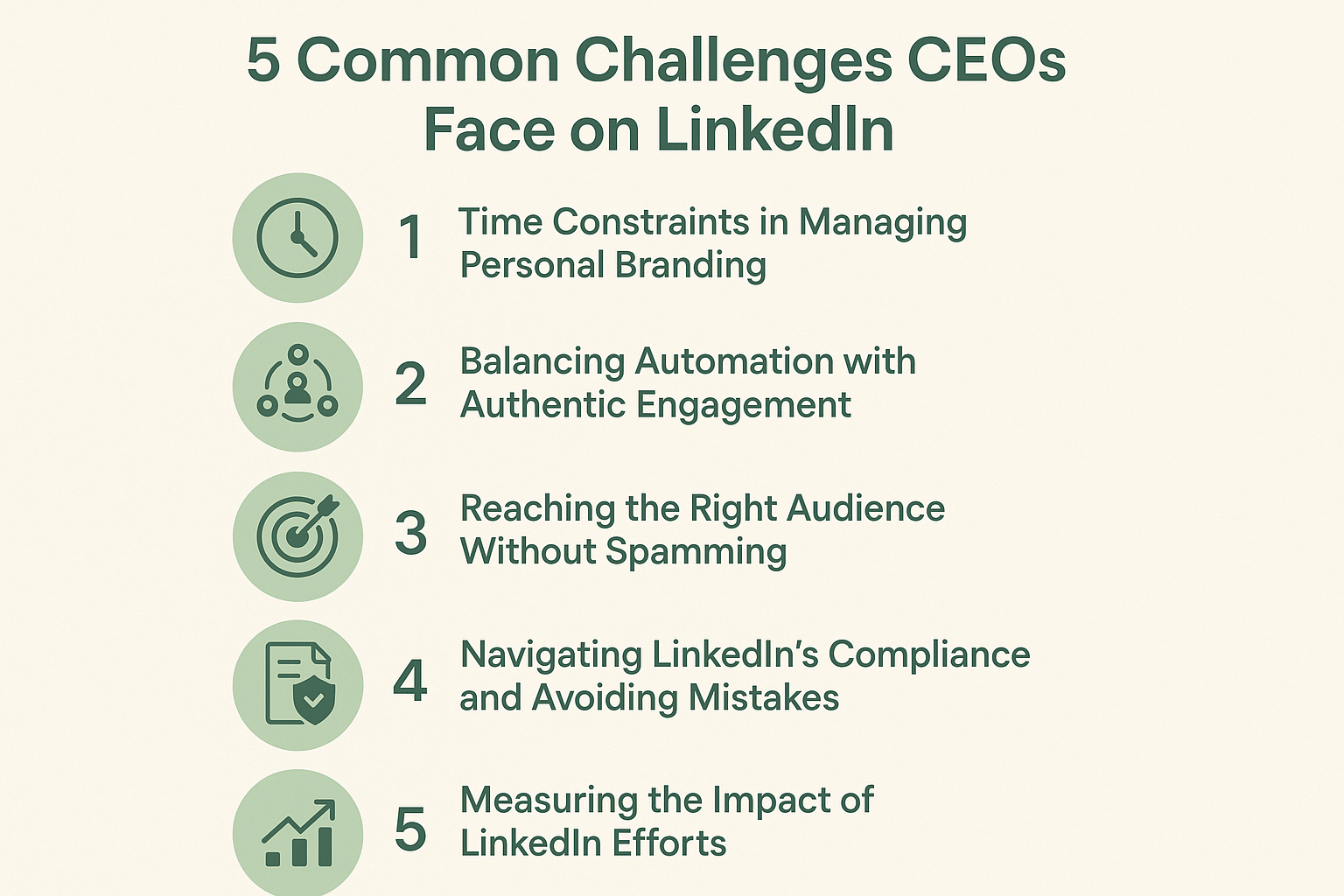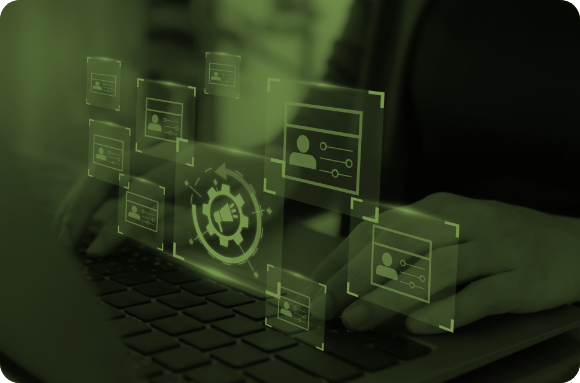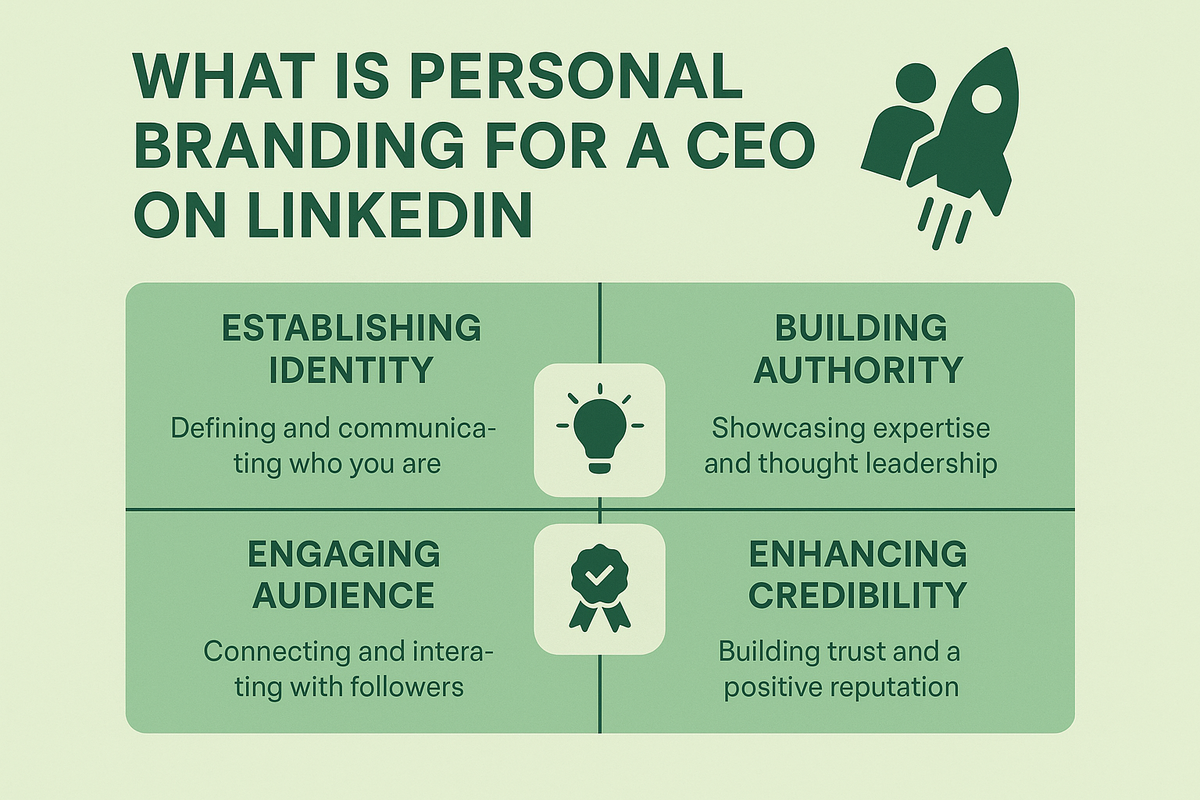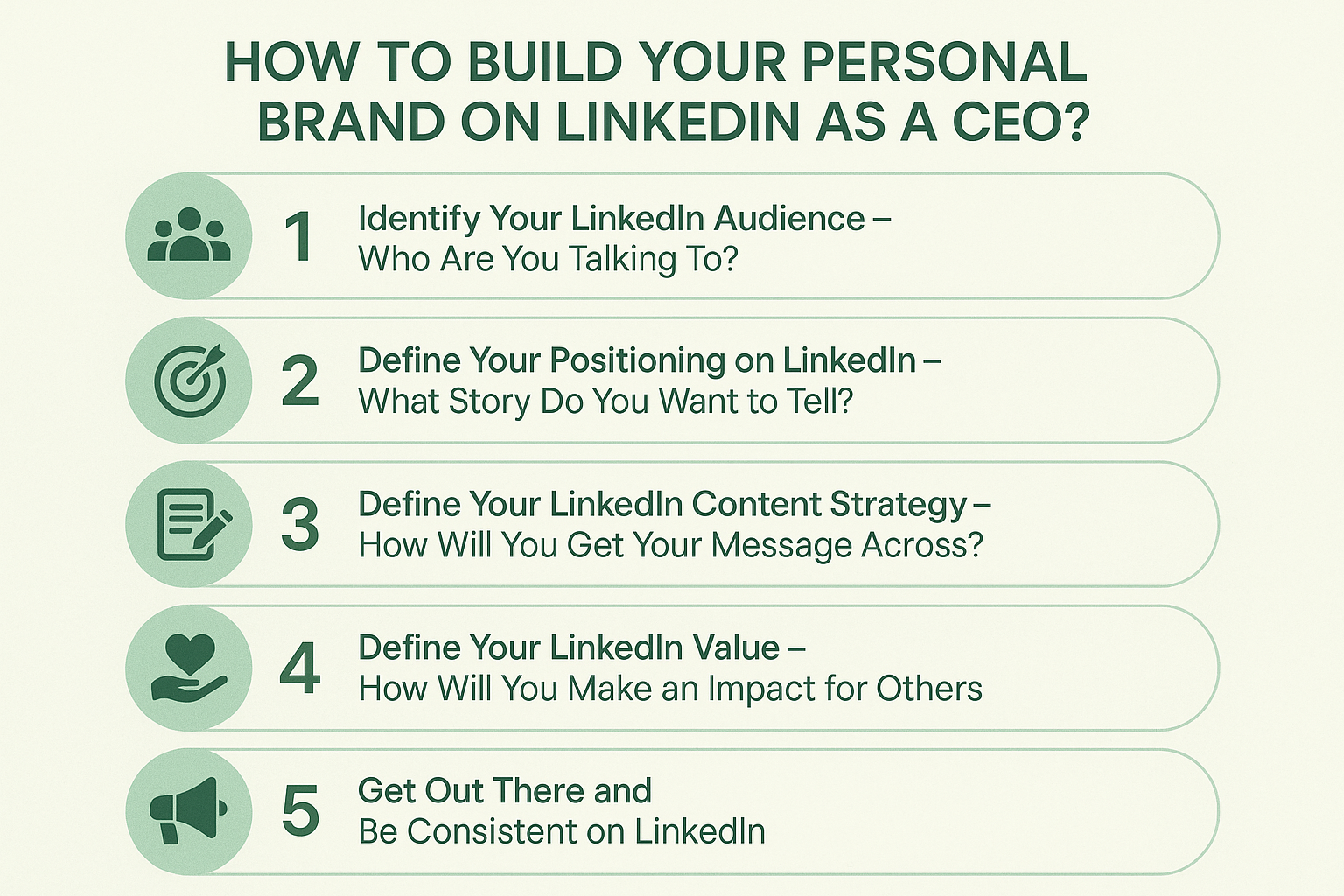CEO’s personal brand is no longer just a “nice-to-have” it’s an essential part of leadership. Your presence on LinkedIn, the world’s largest professional networking platform, doesn’t just reflect your individual achievements; it shapes your company’s image, influences stakeholders, and opens doors to new business opportunities.
But here’s the reality: most CEOs are juggling endless responsibilities, strategic meetings, investor relations, and steering the company towards growth. That leaves little time to craft the perfect LinkedIn post, respond to every connection request, or engage meaningfully with followers. The challenge? Building a strong, authentic personal brand on LinkedIn without adding more hours to an already packed schedule.
This is where automation steps in. But before you start envisioning a robotic LinkedIn presence, let’s be clear: automation doesn’t mean sacrificing authenticity. When used correctly, it can help CEOs maintain consistent engagement, reach the right audience, and enhance their personal brand all while freeing up valuable time. In this blog, we’ll explore the common challenges CEOs face when building a LinkedIn personal brand and how smart automation can solve them without compromising professionalism.
Try LinkedIn Automation For Free
5 Common Challenges CEOs Face on LinkedIn
Even the most influential leaders encounter roadblocks when trying to establish a powerful LinkedIn presence.

Let’s dive into these challenges and explore how automation can offer practical solutions.
Challenge 1: Time Constraints in Managing Personal Branding
Let’s face it, time is the most precious resource for a CEO. Between board meetings, investor calls, and strategic planning, carving out time for LinkedIn might seem like a low priority. However, inconsistent engagement can weaken your personal brand, making it harder to stay top-of-mind with key stakeholders and industry peers.
Impact: Without regular activity on LinkedIn, your profile may come across as outdated or disengaged, diminishing your influence and visibility.
Solution: Automation can help by handling repetitive tasks like connection requests, follow-ups, and even scheduling posts. Cloud-based automation tools allow you to manage your LinkedIn activity from anywhere whether you’re in the office, on a plane, or between meetings.
For CEOs looking to stay active without being glued to their screens, cloud-based solutions offer the flexibility to maintain a dynamic presence effortlessly. Learn more about these tools in Cloud-Based LinkedIn Automation.
Challenge 2: Balancing Automation with Authentic Engagement
There’s a fine line between efficient automation and coming across as impersonal. While automation can help scale your efforts, over-reliance on generic, mass messaging can make your outreach feel robotic and that’s the last thing you want as a leader.
Impact: Automated messages that lack personalization can alienate potential connections, tarnishing your reputation and reducing engagement.
Solution: The key is blending automation with genuine interaction. Use personalized messaging templates that incorporate dynamic placeholders like the recipient’s name, company, or recent achievements. This adds a human touch to your outreach, making each message feel thoughtful and relevant.
For instance, instead of sending, “Hi, I’d like to connect,” try:
“Hi [First Name], I was impressed by your work at [Company Name] and would love to connect to discuss insights on [specific topic].”
Additionally, while automation handles the heavy lifting, take time to manually respond to meaningful messages or comment on posts. This hybrid approach maintains authenticity while ensuring efficiency.
For more tips on crafting personalized outreach, check out:
Challenge 3: Reaching the Right Audience Without Spamming
For CEOs, it’s not about connecting with everyone, it's about connecting with the right people. A well-curated network of industry leaders, potential partners, and key stakeholders is far more valuable than thousands of irrelevant connections.
Impact: Poorly targeted outreach can dilute the quality of your network and diminish your professional credibility. Worse, it can make your profile appear spammy, deterring valuable connections from engaging with you.
Solution: Leverage audience segmentation tools to refine your targeting strategy. Instead of casting a wide net, focus on connecting with individuals who align with your industry, values, and business goals. Automation tools equipped with advanced segmentation features allow you to filter your audience by job title, industry, location, or company size.
By tailoring your outreach to the right people, you not only increase your chances of meaningful engagement but also strengthen your professional network.
For more on how segmentation enhances your outreach, visit Why LinkedIn Audience Segmentation is Key to Personalized Outreach.
Challenge 4: Navigating LinkedIn’s Compliance and Avoiding Mistakes
LinkedIn has strict policies in place to prevent spam and maintain the platform’s professional integrity. Overstepping these boundaries whether by sending too many messages, using non-compliant tools, or automating excessively can lead to account restrictions or even permanent bans.
Impact: Non-compliant automation can result in warnings, temporary restrictions, or damage to your professional reputation. For CEOs, a flagged LinkedIn profile isn’t just a personal inconvenience it can impact your company’s image as well.
Solution: Opt for automation tools that prioritize compliance with LinkedIn’s policies. Look for features like activity throttling, human-like behavior simulation, and customizable settings that allow you to stay within LinkedIn’s daily activity limits.
Staying informed about LinkedIn’s evolving guidelines is also crucial. Make sure your automation strategy evolves with the platform’s rules to ensure ongoing compliance.
For a deep dive into common mistakes to avoid, check out LinkedIn Outreach Mistakes.
Challenge 5: Measuring the Impact of LinkedIn Efforts
Building a personal brand isn’t just about posting regularly it’s about understanding what resonates with your audience and refining your approach accordingly. However, many CEOs struggle to gauge the effectiveness of their LinkedIn efforts without clear, actionable insights.
Impact: Without data, it’s challenging to identify which strategies are working and which need adjustment. This can lead to missed opportunities for engagement and growth.
Solution: Use LinkedIn analytics tools to track key metrics like profile views, connection growth, message response rates, and post engagement. Automation platforms with integrated analytics features provide valuable insights into what’s driving results.
Regularly reviewing this data allows you to fine-tune your outreach, optimize content, and ensure that your efforts align with your personal branding goals.
For more on leveraging analytics for success, explore LinkedIn Analytics for Marketing Campaigns.
Conclusion
In an era where a CEO's personal brand can be as influential as the company they lead, LinkedIn has become more than just a networking tool, it's a strategic asset. But building and maintaining that presence shouldn't feel like a full-time job on its own. The good news? It doesn't have to.
By leveraging LinkedIn Automation, CEOs can cut through the noise, connect with the right people, and position themselves as thought leaders in their industries—all without compromising authenticity. Automation isn’t about flooding inboxes with generic messages; it’s about creating efficient, meaningful interactions that foster real relationships.
The key is using the right tools. Tools that don’t just automate for the sake of convenience but prioritize personalization, compliance, and strategic targeting. This is where LiProspect steps in. Designed to help executives like you maintain a powerful LinkedIn presence, LiProspect combines advanced features with user-friendly functionality to ensure your outreach is both effective and authentic.










